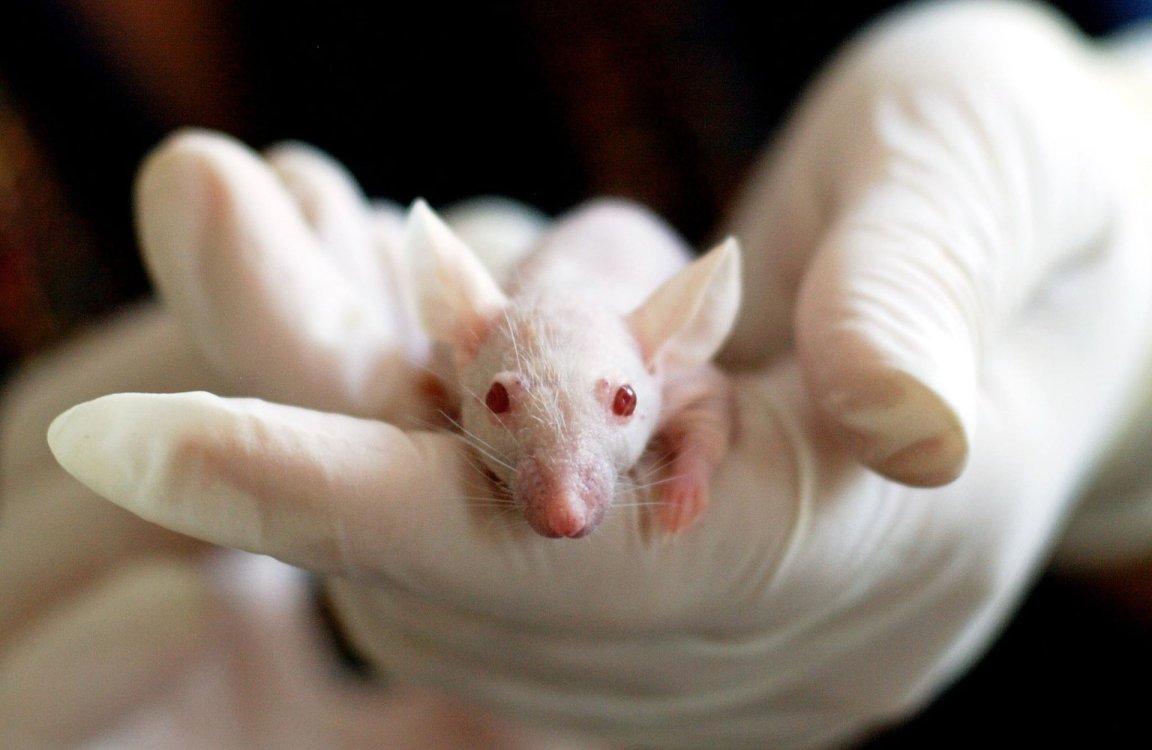
Micromotor Medic
Researchers used autonomous vehicles known as micromotors to cure bacterial infections in the stomachs of mice. Micromotors are only the width of a single human hair, which allows them to negotiate the labyrinthine confines of the human body, and administer precise treatment.
In this study, micromotors were used to provide mice with a dose of antibiotics every day for five days. This regimen was found to be more effective than the standard method of administering the medicine.

Micromotors are a relatively new technology, but they’re coming along in leaps and bounds. Earlier this year, researchers in Germany developed a method of combining the vehicles with sperm cells to help combat tumors.
This particular implementation of micromotors is comprised of a spherical magnesium core that’s coated with specialized layers that perform various different functions,, like protecting the vehicle, carrying the treatment, and giving it the ability to stick the walls of the stomach.
However, it’s the core that’s the really clever part — it propels the micromotor along, but it does so in a way that helps the medicine have the desired effect.
Acid Drop
The micromotors are able to move around the stomach thanks to the propulsion provided by the magnesium as it reacts with gastric acid. This reaction actually reduces the level of acidity in the stomach for a short amount of time.
This amounts to more than complementary antacid; antibiotics and protein-based drugs can be rendered useless by the gastric acid in the stomach. As such, it’s essential that the acidity level be dropped before they are released from the micromotor to do their job. This particular layer of the vehicle responds to the acidity around it, and it will only administer the medicine when it detects safe conditions for it to do so.
The acidity level of the stomach is said to return to its normal state within 24 hours. The micromotors themselves are largely biodegradable, so when finished, they simply dissolve within the stomach without leaving anything harmful behind.
“There is still a long way to go, but we are on a fantastic voyage,” said Dr. Joseph Wang, professor at the University of California San Diego and the lead researcher on the project, alongside fellow professor Dr. Liangfang Zhang. Following the success of these tests, the research team plans to engage in a larger study with animals — but the long-term goal is to investigate whether the same technique can be used safely on a human subject.